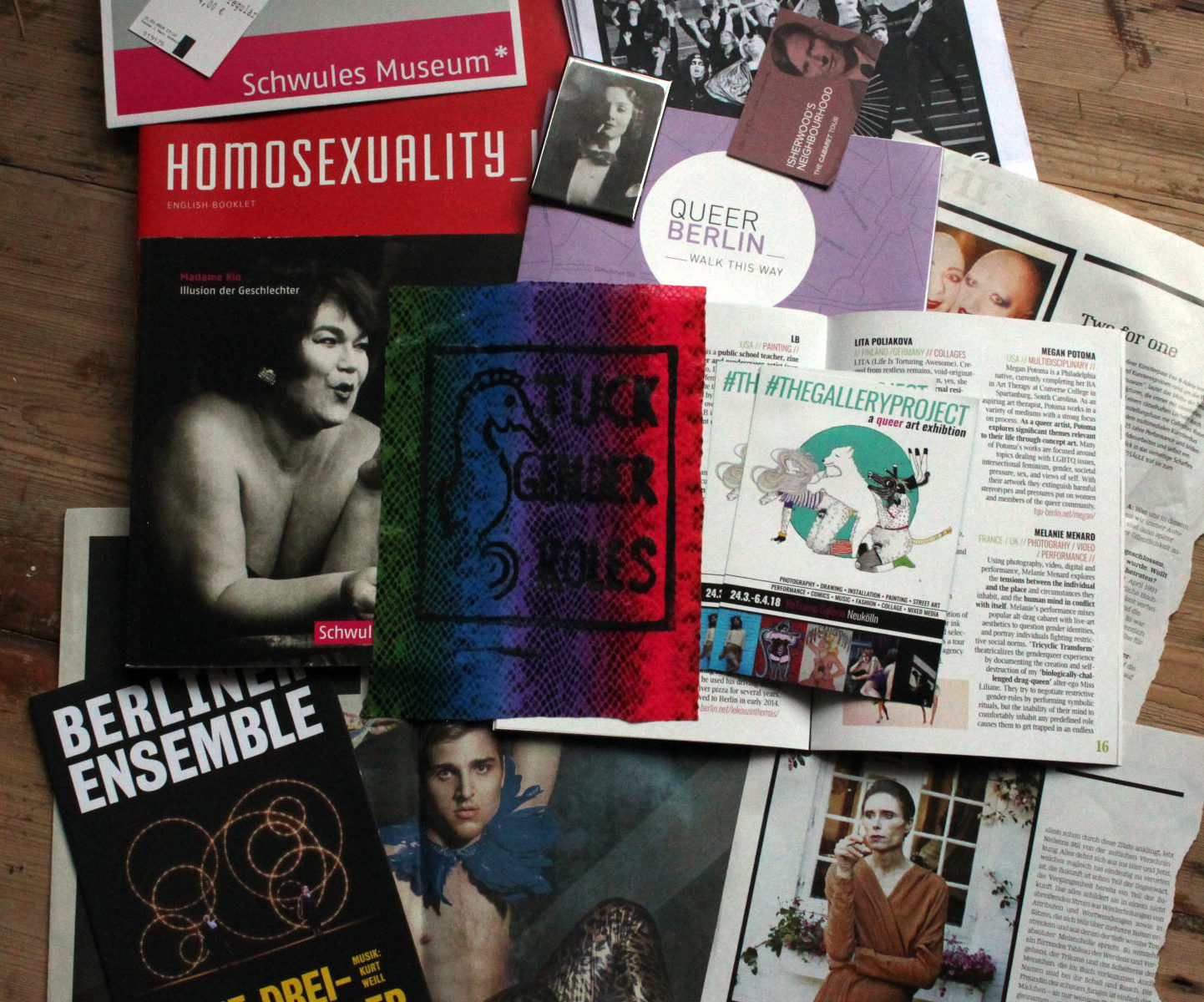I received STEP Travel Grant from European Cultural Foundation to attend in person the Transnational Queer Underground exhibition in Berlin, network with international queer artists and complete a programme of self-directed study about Queer and Cabaret Berlin. This is a slightly extended version of my travel report on ECF website.
I visited the Transnational Queer Underground exhibition at Gallery ReTramp. You can download the catalogue in pdf. At the Easter Brunch, I showcased excerpts from my solo musical queer cabaret ‘Tricyclic Transform, as Drag Queen and Drag King including 2 Brecht songs from Threepenny Opera I dreamt of performing in Berlin! I watched performances by both local and international performers who had traveled especially like me. I attended a costume workshop which gave me valuable insight for my drag.
Full performance:
Brecht only:
I followed a program of self-directed study about Queer and Cabaret Berlin. I visited the Schwules Museum of LGBTQ Art, and was particularly interested in rarely found information about Queer cabaret performers persecuted by the Nazis.
I attended a LGBT history walking tour around the neighbourhood where Christopher Isherwood lived in 1929-1933, today still Berlin’s LGBT area. I saw the buildings of the bohemian boarding house at 17 Nollendorf Strasse where Isherwood rented a room, and the Eldorado nightclub (the real life inspiration for Cabaret’s Kit Kat club), now an organic shop 🙂 To learn the full story, I recommend reading ‘Christopher and his Kind’, the real life account of the part of his life fictionalised in The Berlin Novels (or watching the film adaptation). A particular anecdote made my day: Jean Norris, the real life inspiration for Sally Bowles, was a lifelong committed socialist. When the movie Cabaret was out, newspapers including the Daily Mail were stalking her in front of the house she shared with her daughter. The daughter replied ‘you want to talk to my mum about sex, she wants to talk to you about politics’.
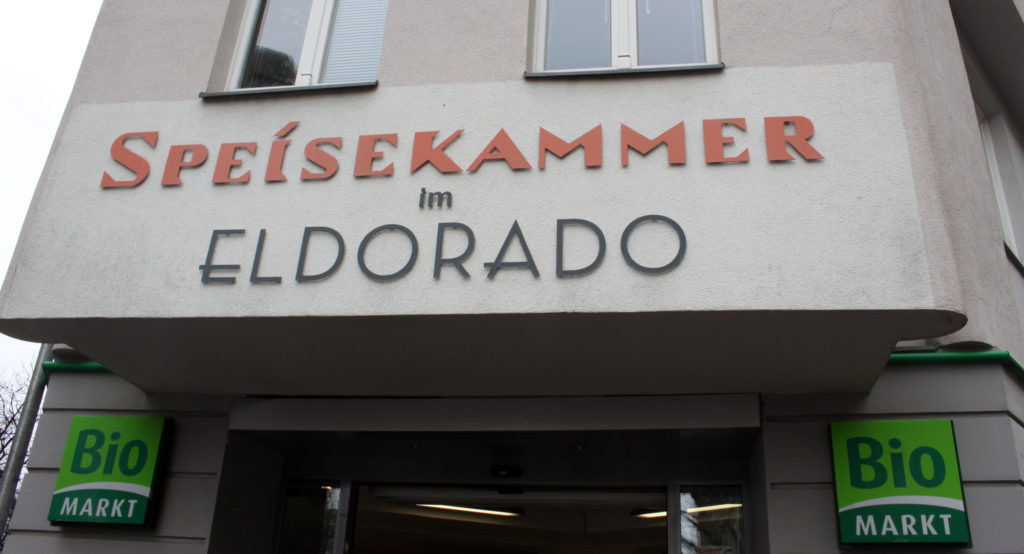
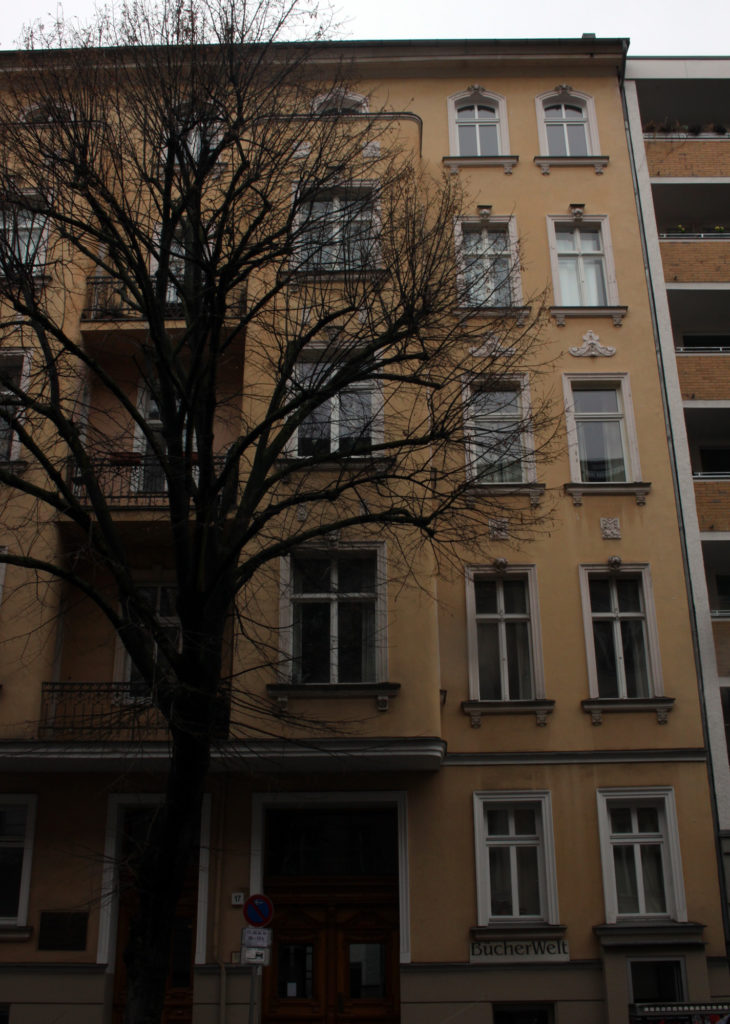
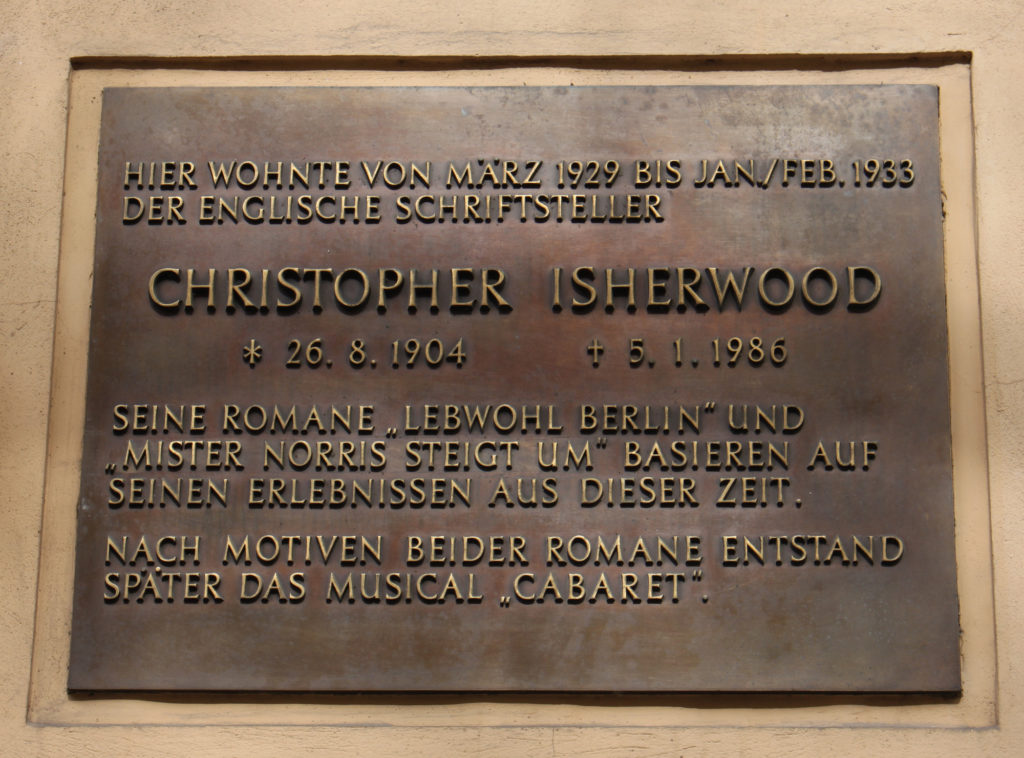
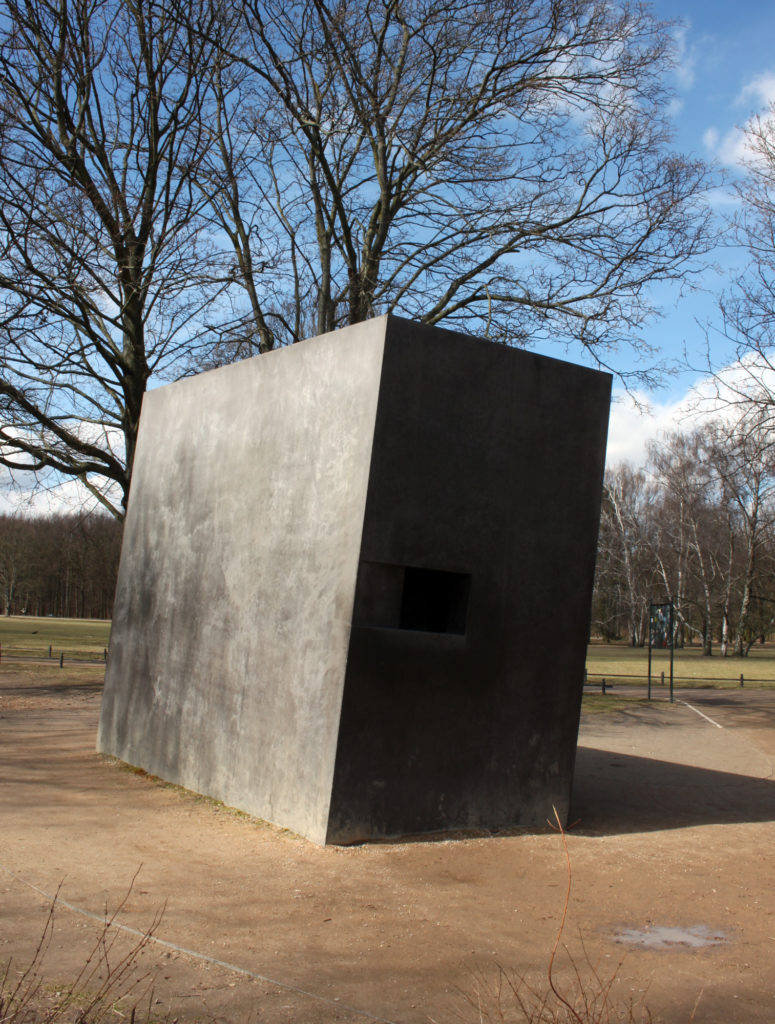
I visited local queer-friendly underground art spaces (Sudblock, Silver Future, The Ballery neighbouring Isherwood’s former house, Barbiche, Instinct at Village Berlin), Bertolt Brecht’s House and his and Helen Weigel’s grave in the nearby cemetery, and the Tiergarten Memorial for homesexuals persecuted under Nazism. I attended representations of the Threepenny Opera at Brecht’s own theatre Berliner ensemble, and a musical Alles Schwindel by Mischa Spoliansky, composer of 1920 queer anthem Lila Lied.
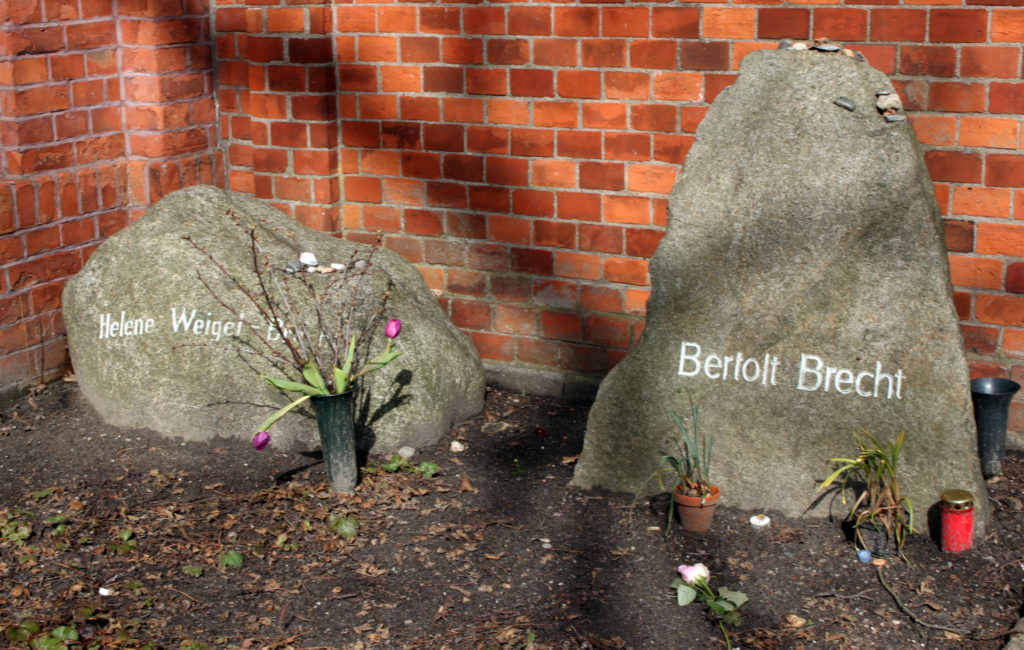

The ECF grant enabled me to experience the Art Scene in a major queer hotspot in mainland Europe, and network in person with artists with whom I had previously collaborated digitally. I was pleasantly surprised by how much space the local LGBTQ magazine Siegessaeule devotes to culture, compared to its London/Brighton counterparts. I aim to pitch the TQU travelling exhibition to contacts from a Brighton conference about museums collaborating with LGBTQ communities, to try and find a host venue in the UK. Lacking time to visit all the LGBTQ history hotspots identified in my research inspired the possibility of crowdsourced contributions to a digital video installation I’m working on, to which worldwide TQU artists could contribute.

